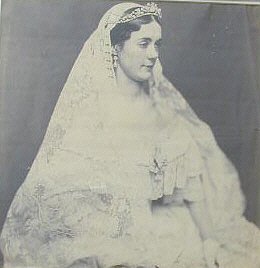While not strictly Civil War related, this book – reviewed here in the NY Times – shows the legacy of at least one die-hard secessionist upon his daughters. This sounds like a fascinating family history.
These are just snapshots of a densely braided biography spanning eight decades, not counting the Lumpkins’ forebears and the rediscovery of the sisters’ work by late-20th-century feminists. The book also draws together the strands of Hall’s own career as a distinguished historian of Southern labor and an activist on behalf of women and civil rights.
Hall is a herculean researcher whose sources include security files she sued the Department of Justice to access. Her interviews with the elderly Lumpkins, and reflections on why and how she tracked the sisters over decades, lend an appealing journalistic and personal touch to what might otherwise be an unleavened diet of detailed scholarship.
Source: The Daughters of the Confederacy Who Turned Their Heritage to Political Ends – The New York Times

